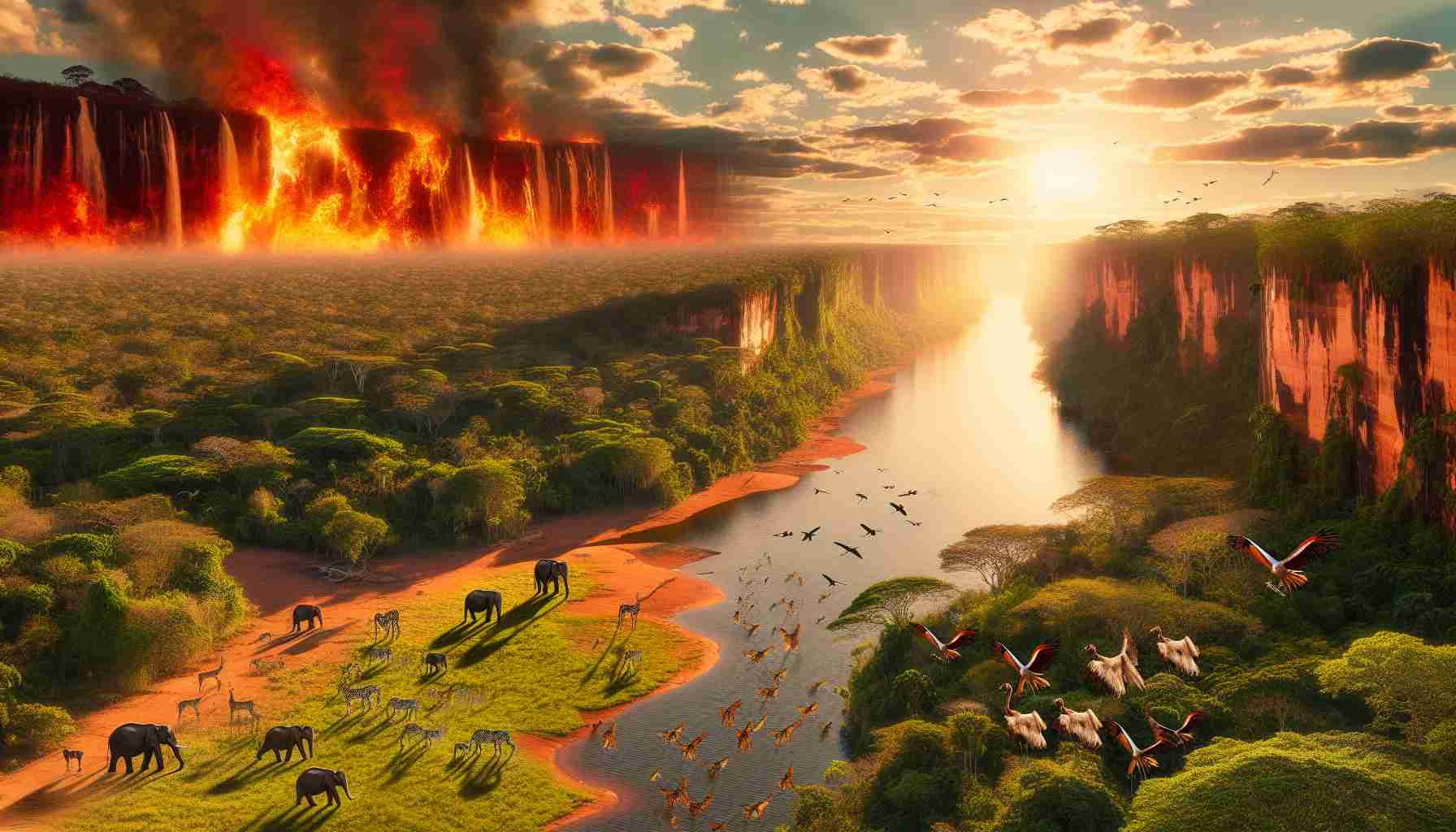In a devastating turn of events, the delicate ecosystem of Brazil’s Pantanal is under threat like never before. Recent reports have highlighted a stark reality: numerous animals, including jaguars and tapirs, have fallen victim to the raging wildfires that are currently ravaging the region. This environmental catastrophe is not just destructive; it is pushing numerous species to the brink of extinction.
Conservationists are sounding the alarm, with many expressing grave concern over the irreversible damage being inflicted on the Pantanal’s biodiversity. Experts fear that the unique flora and fauna that call this wetland home may be lost forever if urgent action is not taken. The scale of the destruction is staggering, with vast expanses of land turning to ash, reminiscent of scenes from a dystopian novel.
The Pantanal, once hailed as a sanctuary for rare and endangered species, is now a battleground where the forces of nature are being mercilessly pitted against each other. The fires have engulfed an area equivalent to that of New Jersey, leaving behind a trail of devastation and despair. The need of the hour is for concerted efforts to protect and preserve what little remains of this once-thriving ecosystem before it’s too late.
Uncovering New Challenges to Wildlife Conservation in Brazil’s Pantanal
As the devastating wildfires continue to wreak havoc on Brazil’s Pantanal, new challenges have emerged that cast a shadow over efforts to conserve the region’s rich biodiversity. While the plight of iconic species like jaguars and tapirs has garnered significant attention, there are other lesser-known animals that are also facing unprecedented threats.
What lesser-known species are at risk in the Pantanal?
In addition to jaguars and tapirs, lesser-known species such as the giant otter, marsh deer, and hyacinth macaw are also under threat. These animals play crucial roles in the ecosystem, and their decline could have far-reaching consequences for the entire Pantanal region.
What are the key challenges facing wildlife conservation efforts in the Pantanal?
One major challenge is the lack of resources and infrastructure to combat the wildfires effectively. The vast size of the Pantanal makes it difficult for authorities to reach all affected areas in a timely manner, exacerbating the loss of habitat and wildlife. Additionally, climate change has played a significant role in fueling the intensity and frequency of fires in the region, complicating conservation efforts.
What are the advantages and disadvantages of current conservation strategies in the Pantanal?
Advantages of current conservation strategies include the dedication of local communities and conservation organizations to protect the Pantanal’s wildlife. Efforts such as wildlife monitoring and habitat restoration have shown some success in safeguarding certain species. However, the disadvantages stem from the lack of coordination among various stakeholders and the absence of comprehensive long-term plans to address the underlying factors driving biodiversity loss in the Pantanal.
As stakeholders grapple with these complex issues, it is imperative to collaborate closely to develop sustainable solutions that can preserve the Pantanal’s unique biodiversity for future generations.
For more information on wildlife conservation in Brazil’s Pantanal, visit National Geographic for in-depth coverage of the challenges and initiatives aimed at protecting this vital ecosystem.


